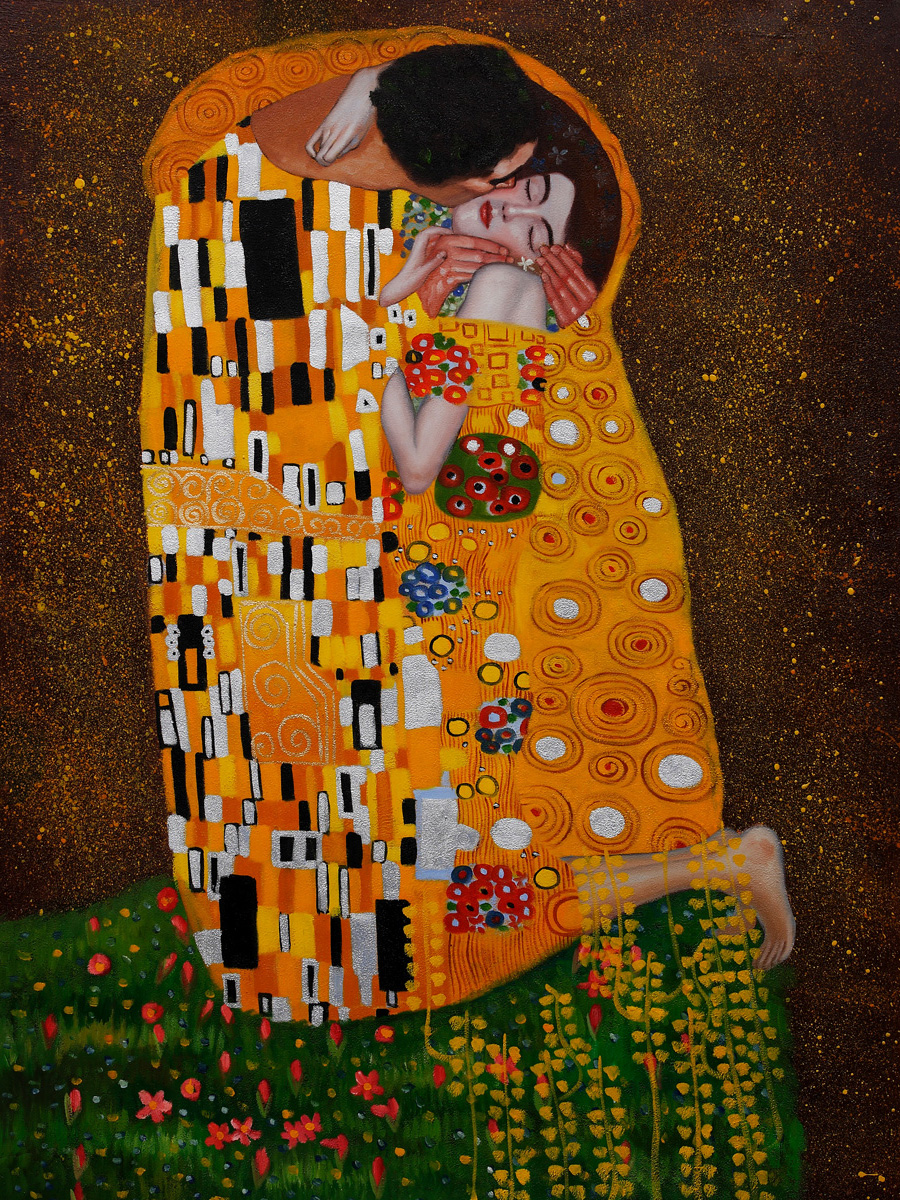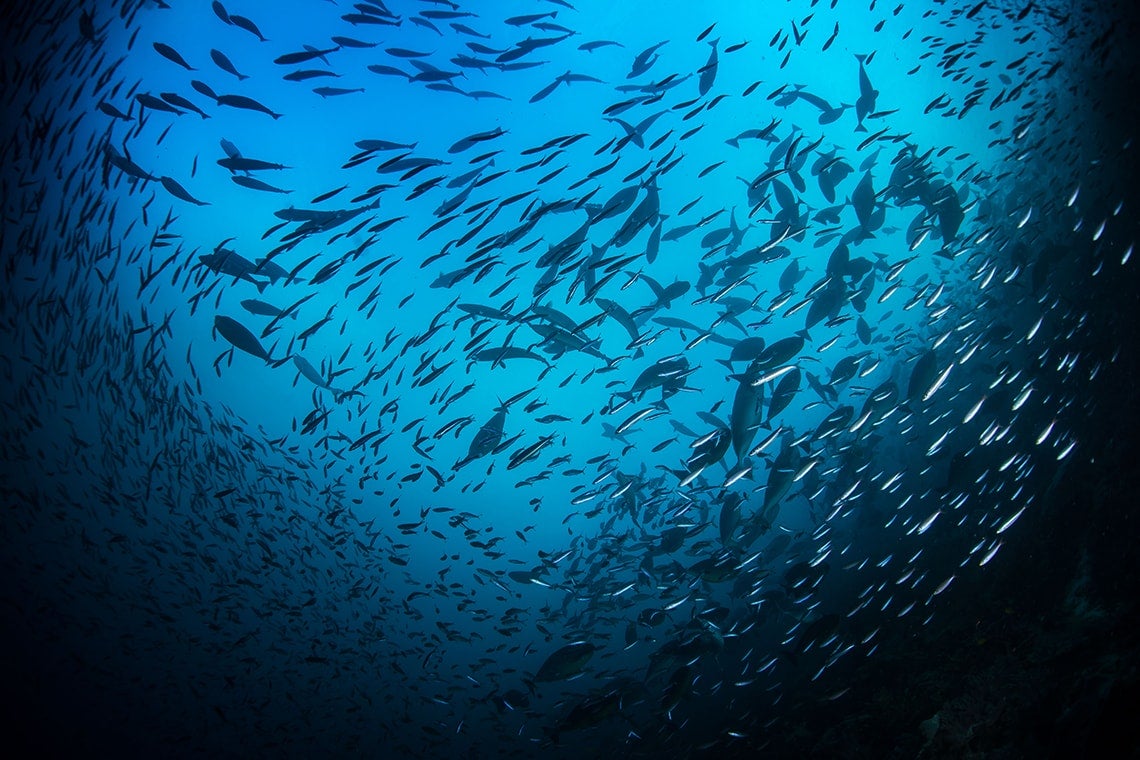A trove of newly declassified diplomatic cables reveals a surprising degree of American involvement in a brutal anti-communist purge in Indonesia half-a-century ago.
- Popular Magazine Indonesia Pdf Free
- Free Popular Magazine Indonesia
- Popular Magazine Indonesia Pdf 2017
Hai Online adalah platform utama Hai untuk menyapa audiens dengan cerita dan informasi tentang musik, pop culture, pengembangan diri, gaya hidup anak muda, dan berita terkini. Download majalah dewasa Indonesia Free. Koleksi gratis kumpulan foto model seksi berbagai majalah dewasa Indonesia seperti Popular, Gress, Maxim, FHM, Male, Fenomagz, dll. Ngobrol Live Bareng Model Popular Popular Magazine Indonesia. Selphie Usagi-June 23, 2020. CENDY GLENATA Blitz POPULAR Juni 2020. Selphie Usagi-June 23. In fact, the reading level of most English magazines is around 6th grade, making them ideal for English learners. Download: This blog post is available as a convenient and portable PDF that you can take anywhere. Click here to get a copy. (Download) Learn to Read English with 10 Cool English Magazines Magazine Activities for Learning English. Popular Magazine Indonesia. Perjaka TONG TONG - The Series FULL Video Episode ke-2. Popular Magazine Indonesia. Miss POPULAR 2019 - Pioneer DJ.
In Indonesia in October 1965, Suharto, a powerful Indonesian military leader, accused the Indonesian Communist Party (PKI) of organizing a brutal coup attempt, following the kidnapping and murder of six high-ranking army officers. Over the months that followed, he oversaw the systematic extermination of up to a million Indonesians for affiliation with the party, or simply for being accused of harboring leftist sympathies. He then took power and ruled as dictator, with U.S. support, until 1998.
This week, the non-profit National Security Archive, along with the National Declassification Center, published a batch of U.S. diplomatic cables covering that dark period. While the newly declassified documents further illustrated the horror of Indonesia’s 1965 mass murder, they also confirmed that U.S. authorities backed Suharto’s purge. Perhaps even more striking: As the documents show, U.S. officials knew most of his victims were entirely innocent. U.S. embassy officials even received updates on the executions and offered help to suppress media coverage. While crucial documents that could provide insight into U.S. and Indonesian activities at the time are still lacking, the broad outlines of the atrocity and America’s role are there for anyone who cares to look them up.
What is often sorely lacking, however, is an appreciation of the importance of the event or how fundamental the violence was to achieving U.S. goals at the time. Compared with the Vietnam War or a subsequent series of right-wing coups in Latin America, Indonesia 1965 is virtually unknown. But considering the U.S. government’s foreign-policy goals at the time—halting the spread of communism and bringing countries around the world into its sphere of influence—Suharto’s bloody purge was a huge win. The decimation of the PKI and Suharto's rise to power constituted a major turning point in the Cold War
John Roosa is an associate professor of history at the University of British Columbia in Vancouver, and author of a seminal book on Indonesia in 1965. After reviewing the new documents and their media coverage this week, he told me that much “of the U.S. foreign policy establishment viewed it as a great victory that they were able to sort of ‘flip’ Indonesia very quickly.” Indonesia is the world's fourth-largest country by population size, and its communist party was the world's third-largest, after China and the Soviet Union.
Roosa added that a major problem with framing the events of 1965 is that it's often claimed the United States simply “stood by,” as the bloodbath occurred, which is incorrect. “It's easy for American commentators to fall into that approach, but the U.S. was part and parcel of the operation, strategizing with the Indonesian army and encouraging them to go after the PKI.”
Recommended Reading
When the Far Right Picks Fights With a Teen
Yasmeen Serhan
Some elements within the U.S. government had been trying to undermine or overthrow Sukarno, Indonesia's anti-colonial independence leader and first president, far before 1965. In 1958, the CIA backed armed regional rebellions against the central government, only calling off operations after American pilot Allen Pope was captured while conducting bombing operations that killed Indonesian soldiers and civilians. Agents reportedly went so far as to stage and produce a pornographic film starring a man wearing a Sukarno mask, which they hoped to employ to discredit him. It was never used. Then for years, the United States trained and strengthened the Indonesian army. After John F. Kennedy's death derailed a planned presidential visit to Jakarta and relations worsened with the Johnson administration, Sukarno strengthened alliances with communist countries and employed anti-American rhetoric in 1964.

In 1965, when General Suharto blamed the military purge on a PKI coup plot, the CIA supplied communications equipment to help him spread his false reports before moving into power and overseeing the industrial-scale slaughter, as previously released government documents showed. Several of the documentsreleased this week indicate that the U.S. embassy had reliable information that placed blame on rank-and-file PKI members—information that was entirely inaccurate, but nevertheless had encouraged the army to exploit this narrative.
It has long been known that the United States provided Suharto with active support: In 1990, a U.S. embassy staff member admitted he handed over a list of communists to the Indonesian military as the terror was underway. “It really was a big help to the army,” Robert J. Martens, a former member of the embassy's political section, told The Washington Post. “They probably killed a lot of people, and I probably have a lot of blood on my hands, but that's not all bad.”
Much of the American press at the time did not take a radically different view. In a June 1966 column in The New York Times, entitled “A Gleam of Light in Asia,” James Reston wrote that “The savage transformation of Indonesia from a pro-Chinese policy under Sukarno to a defiantly anti-communist policy under General Suharto is the most important of these [hopeful] developments. Washington is being careful not to claim any credit ... but this does not mean Washington had nothing to do with it.”
It should not be entirely surprising that Washington would tolerate the deaths of so many civilians to further its Cold War goals. In Vietnam, the U.S. military may have killed up to 2 million civilians. But Indonesia was different: the PKI was a legal, unarmed party, operating openly in Indonesia’s political system. It had gained influence through elections and community outreach, but was nevertheless treated like an insurgency.
Earlier this month in Central Java at the Sekretariat Bersama 1965, one of Indonesia's main organizations for the remembrance of these events, I met a survivor of the 1965 massacre. “I believed in President Sukarno and our revolution. At the time our country had the official ‘NASAKOM’ ideology, which meant that Nationalists [NAS, from Nasionalisme], Muslim groups [A, for agama, or ‘religion’ in Indonesian] and Communists [Komunisme] were all supposed to work together to build the country,” he said. “Yes, I worked on the left side of politics, broadly under ‘KOM,’ and there was nothing wrong with that.”
Though he worked as a schoolteacher and not as an actual PKI member, he said he was arrested and tortured for days, before watching his cellmates dragged off one by one, never to return. He was spared, for reasons he never understood, and spent over a decade in prison. But it wasn't only communists and leftists who were victimized. Untold numbers of people were tortured, raped, and killed for being accused of being communists, or for belonging to an ethnic minority, or simply being an enemy of some member of the officially-sanctioned death squads.
Another common problem with the framing of Indonesia 1965 is that the mass violence is often couched as coincidental to Suharto's rise to power, rather than serving as a prerequisite for it. Historians broadly agree that the anti-communists in the military could have never taken power without crushing the PKI by some means.
“Suharto could not have come to power without the extermination of the PKI,” said Brad Simpson, the historian at the University of Connecticut who worked with the National Security Archive to digitize and publish U.S. embassy documents this week. He agrees with Roosa that the depiction of the United States as simply a bystander is problematic.

More documents revealing what happened in Indonesia in 1965 are likely to come, Simpson tells me. But they’re unlikely to offer a complete picture of what both governments were up to in 1965—they won’t for instance, include information from the U.S. military and the CIA. The Indonesian government has offered practically nothing. “Literally no Indonesian official records are publicly available anywhere, so we're really reliant on Western archives,” Simpson said.
This is because much of Indonesia's political elite still relies on Suharto's original—and false—narrative for their legitimacy. The country's powerful military leaders fight any investigations that might lay blame on them. Suharto's government produced a crude, wildly inaccurate propaganda film depicting Communists torturing and killing military officers while communist women perform a wild dance.
The methods Suharto used may have inspired other Washington-backed right-wing putsches around the world. According to severalaccounts of Santiago, Chile, in the days before the U.S.-backed coup that deposed Salvador Allende, cryptic graffiti showed up on walls around the city. Referring to the capital of Indonesia, they read, “Jakarta is coming.”
Google uses cookies and data to:- Deliver and maintain services, like tracking outages and protecting against spam, fraud, and abuse
- Measure audience engagement and site statistics to understand how our services are used
Popular Magazine Indonesia Pdf Free
 If you agree, we’ll also use cookies and data to:
If you agree, we’ll also use cookies and data to:- Improve the quality of our services and develop new ones
- Deliver and measure the effectiveness of ads
- Show personalized content, depending on your settings
- Show personalized or generic ads, depending on your settings, on Google and across the web

Free Popular Magazine Indonesia
For non-personalized content and ads, what you see may be influenced by things like the content you’re currently viewing and your location (ad serving is based on general location). Personalized content and ads can be based on those things and your activity like Google searches and videos you watch on YouTube. Personalized content and ads include things like more relevant results and recommendations, a customized YouTube homepage, and ads that are tailored to your interests.Popular Magazine Indonesia Pdf 2017
Click “Customize” to review options, including controls to reject the use of cookies for personalization and information about browser-level controls to reject some or all cookies for other uses. You can also visit g.co/privacytools anytime.